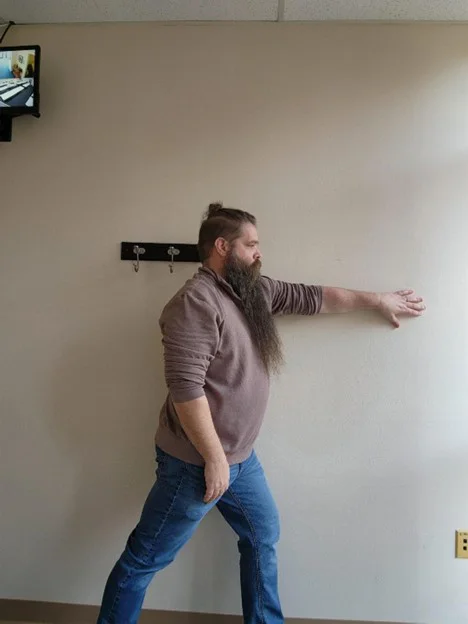Is the front of my shoulder inflamed?
As a clinical bodywork company, Body Heal Therapy is no stranger to clients with pain in the front of the shoulder. Often referred to as anterior (front side) shoulder pain, the causes for this common affliction are many. In this series on anterior shoulder pain, a couple of things stand out as main targets for relief and may help to offer you some immediate reprieve from your chronic discomfort.
Let’s start first with inflammation, what it Is, and how to identify it.
What is inflammation, and why does it matter?
A term that is familiar to many, and misunderstood but most, inflammation is a cautionary tale told by a healthy system trying to return to a healthy narrative. In other words, if you are undergoing inflammation, your body is actually responding properly. Inflammation is a response from your immune system to heal damaged tissue or fight off invading bacteria and viruses. As it concerns damaged tissues, this response is two-fold:
- Heal the damaged tissue.
- Prevent unwarranted engagement of that tissue to prevent further insult.
These two things happen in tandem and depend on each other to accommodate a return to normal tissue. Does this mean that one must appropriately rest damaged, inflamed tissue on the road to recovery? Indeed it does, my dearest sapient, indeed it does.
Why is my shoulder inflamed and what is the issue?
Simply put, inflammation is a healthy response to a shoulder undergoing repetitive stress, injury, overuse, misuse, and/or lack of use. Most often, inflammation will potentially affect the following tissues:
- Muscle and tendon (biceps tendonitis being number one)
- Bursa (Your shoulder possesses a number of bursas that can become inflamed, referred toa s bursitis)
- Cartilage and capsule (More rare, and far more concerning; typically arthritic presentation and extreme abuse or pathological, such as frozen shoulder)
Big story here is this, while we will offer some approaches and ideas to help you navigate some relief, they will not fix everything! If your symptoms persist after long periods of rest and appropriate attention, it is advisable to seek diagnosis. If you’re already locked into a primary physician you prefer, our experts are available for free consultations to help answer your questions.
In the interim, there are some things you can do that will likely help you get back to tip-top shape! Let’s dive in:
1. Long head of bicep stretch.

During the stretch, be sure to keep your Scapula (shoulder blade) back towards your spine, your chest out, spine vertical, while also rotating you palm away from the wall.


2. Wall windmills
Using the wall, rotate your shoulder up towards the ceiling, stopping at the ear. The idea is to keep your range and mobility open. This exercise should not elicit any pain! If it is uncomfortable, this version will be much easier, simply by stepping farther away from the wall:


3. Isometrics into elbow/shoulder flexion and internal rotation
Finally, using any version of a dowel rod ( a broomstick, pvc pipe, etc. would work), we will utilize an isometric in order to increase blood flow and repair damaged tissue. What is an isometric, you ask? An isometric is an exercise where you contract muscle against resistance, in this case, the rod. Muscle tension will increase, but the position of the joint will not change. In the first one, it is essentially a bicep curl in 2 separate positions. 10-second contractions for 3 sets, engaging in more and more into the contraction each couple of seconds:


In Conclusion:
The body is smart y’all. Inflammation is not random, and there are always underlying issues at play when cycles of inflammation are rampant. A skilled manual therapist can help you identify these patterns and alleviate inflammation through bodywork sessions.





